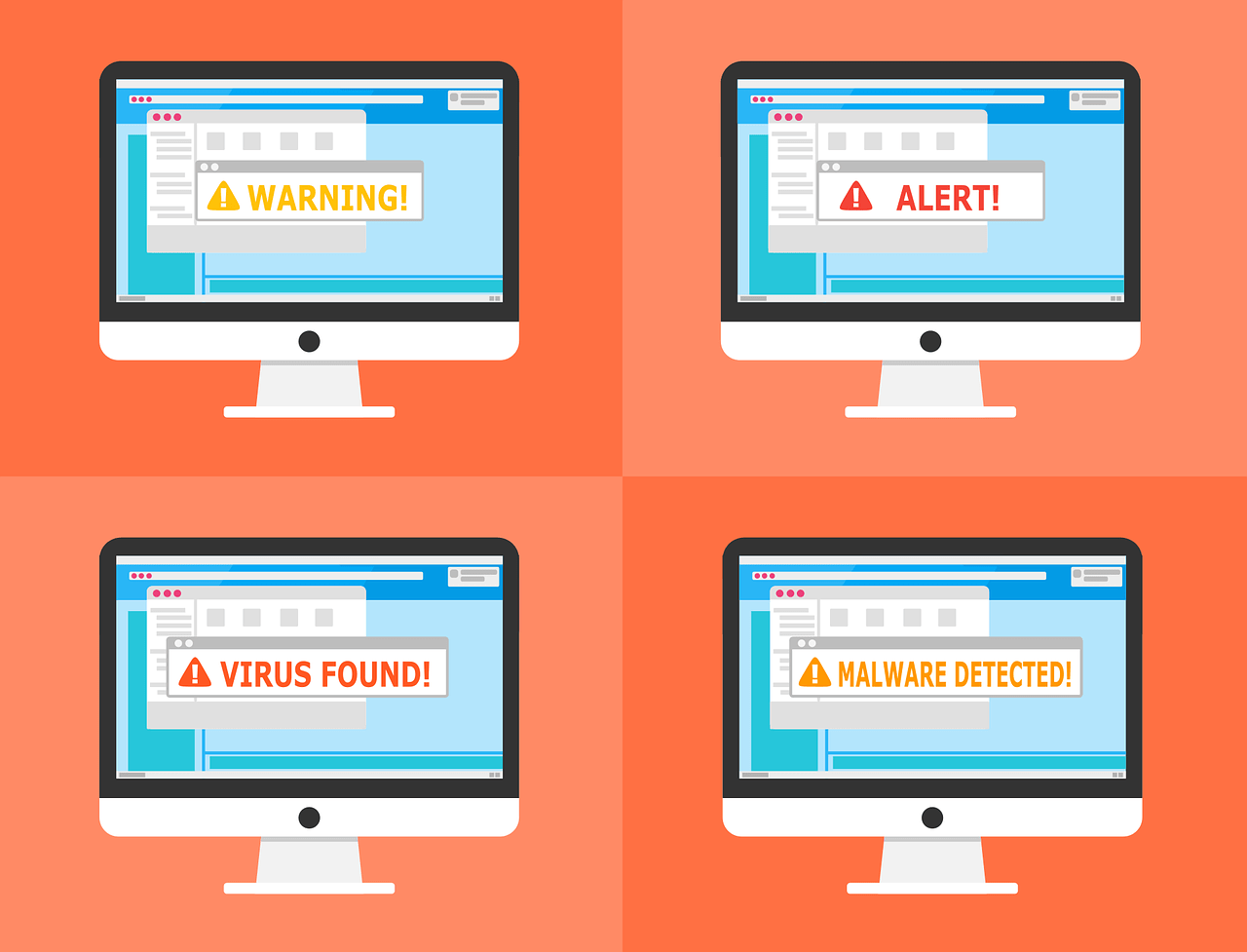Farms today aren’t just about tractors and crops—they’re also about sensors, cloud software, and internet-connected machines. While these tools make farming easier and more efficient, they also create openings for hackers. A single weak password or outdated sensor can let cybercriminals sneak in, lock you out of your systems, or even mess with your equipment.
This guide breaks down common cybersecurity risks for farms and shows you easy ways to protect your business, even if you don’t have a tech team.
1. Why Should Farmers Care About Cybersecurity?
Farm tech is great—until it isn’t. Hackers can mess with irrigation controls, steal sensitive data about your crops, or lock you out of your farm management software.
Key Risks Include:
- Hackers breaking into IoT devices (like soil sensors or cameras)
- Theft of data stored in the cloud
- Ransomware attacks that lock your systems until you pay
- Someone taking control of your autonomous equipment
Example: In 2024, hackers locked the irrigation system of a farm in Iowa. They demanded $50,000 to unlock it. Without water, crops started dying, and the farm lost tens of thousands of dollars before regaining control.
2. Common Cybersecurity Problems on Farms
a. Nobody Managing IT Security
Many farms don’t have an IT expert on staff. This means security is often ignored or handled casually.
Example: A small vineyard in California left default passwords on their IoT devices. Hackers broke in and accessed the farm’s data.
b. Old Software and Firmware
Farm tech, like moisture sensors and weather stations, runs on firmware (built-in software). If you don’t update it, it can have security holes.
What is Firmware? It’s like the brain of your farm gadgets. It controls how they work and talk to other devices. Updates patch security holes.
c. Weak or Shared Wi-Fi Networks
If your soil sensors, family laptops, and farm management software all share one Wi-Fi network, a hacker can jump from one device to another.
What is Network Segmentation? It’s like having separate rooms for your tech. Soil sensors go in one room, computers in another. If hackers break into one, they can’t access the other.
d. Poor Data Security in the Cloud
Cloud storage is great for saving crop data and finances, but if it’s not secured properly, hackers can steal or leak it.
What is Cloud Storage? It’s like a virtual filing cabinet where you store your farm’s data online. Just like any cabinet, it needs a strong lock.
Example: In 2023, a farm co-op in Australia lost financial data because their cloud account wasn’t password-protected.
3. Simple Cybersecurity Fixes for Farms
a. Secure Your IoT Devices
- Change Default Passwords: Replace factory-set passwords on all gadgets.
- Update Firmware Regularly: Keep devices up-to-date.
- Turn Off Unused Features: Don’t leave unnecessary features running.
What are IoT Devices? These are your smart farm tools—moisture sensors, irrigation controls, or automated tractors.
Tool Suggestion: Use AWS IoT Device Defender to monitor and secure your devices.
Quick Setup Example:
network:
iot_devices:
default_password: false
auto_update: true
access_control:
allowed_ips:
- 192.168.1.10
- 192.168.1.11b. Separate Your Networks
Create separate Wi-Fi networks for your gadgets, computers, and personal devices.
Tool Suggestion: OpenWrt helps you manage and secure farm Wi-Fi networks.
Quick Setup Example:
vlan:
- id: 10
name: IoT Network
ip_range: 192.168.10.0/24
- id: 20
name: Management Network
ip_range: 192.168.20.0/24c. Enable Multi-Factor Authentication (MFA)
Add an extra layer of protection to your farm software.
What is MFA? It’s like needing both a key and a secret code to unlock your house.
Tool Suggestion: Google Authenticator
d. Back Up Your Data
Make copies of important data and store them somewhere safe.
What are Backups? It’s like having a spare set of keys. If hackers lock you out, you can still get in.
Example: A dairy farm in Germany recovered from a cyberattack because they had daily backups stored offline.
e. Train Your Team
Teach employees how to spot phishing emails and avoid common security mistakes.
Tool Suggestion: KnowBe4 offers training to help staff avoid scams.
4. What to Do If You’re Hacked
Even with good security, things can go wrong. Here’s a simple plan:
- Spot the Problem: Look for strange activity on your systems.
- Shut It Down: Disconnect affected devices.
- Tell Someone: Notify managers or owners.
- Restore Data: Use your backups to get things running again.
- Learn from It: Figure out what went wrong and fix it.
Quick Checklist:
incident_response:
- detect_issue
- isolate_affected_systems
- notify_stakeholders
- restore_backups
- post_incident_review5. Final Thoughts
Cybersecurity isn’t just for big corporations—it’s for every farm, no matter the size. Hackers often target smaller farms because they assume security is weak. But you don’t need an IT degree or a huge budget to protect your systems.
Start small. Change your passwords, keep your software updated, and teach your team the basics. Every small improvement adds up.
Cybersecurity is a bit like maintaining your tractor. If you keep it clean, oiled, and inspected regularly, it will run smoothly for years. Ignore it, and you’ll find yourself stuck in the mud when it breaks down.
The goal isn’t perfection—it’s progress. Take one step today, and another tomorrow. In the end, these small steps will protect your farm, your equipment, and your livelihood from digital threats.
Farming is hard work—don’t let hackers make it harder.
Martin Baker
Martin Baker, Managing Editor at Decoded.cc, harnesses a decade of digital publishing expertise to craft engaging content around technology, data, and culture. He leads cross-functional teams, enforces editorial excellence, and transforms complex ideas into accessible narratives—fueling Decoded.cc’s growth and impact.








Leave a Reply